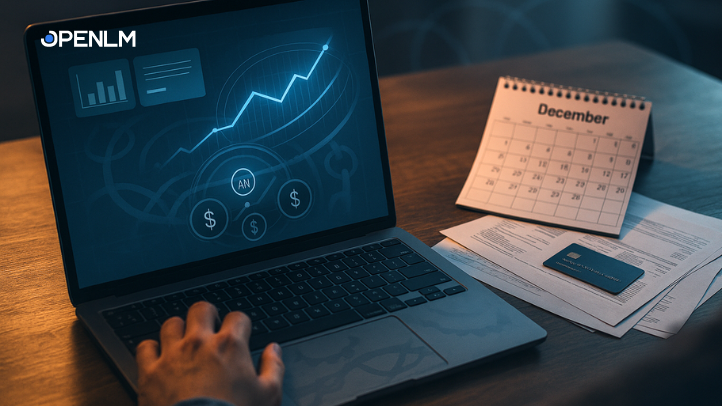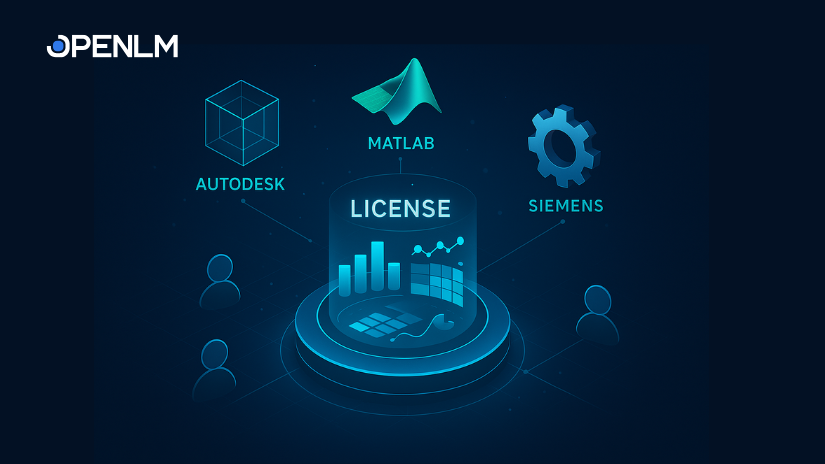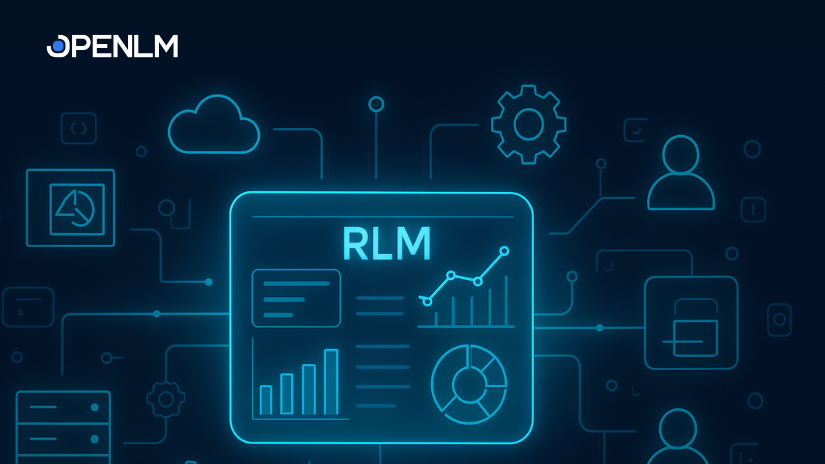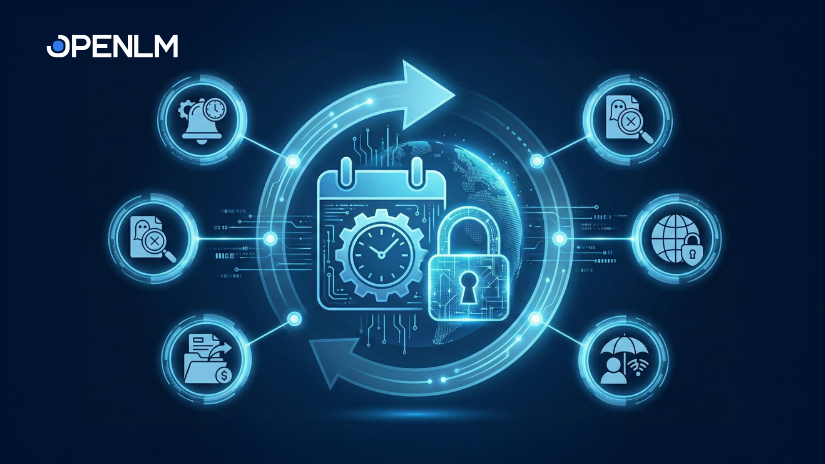The United States federal government allocates a significant portion of its budget to IT and cyber-related assets, approximately $100 billion annually. This substantial expenditure necessitates effective management and oversight. Concerns about potential waste within this massive budget have spurred a bipartisan effort, resulting in the Strengthening Agency Management and Oversight of Software Assets (SAMOSA) Act. This legislation aims to enhance transparency, reduce waste, and improve governance in federal software spending.
For individuals familiar with Indian cuisine, the gastronomic abbreviation of the act will definitely ring a bell. However, understanding the nuances of the act has nothing similar to consuming a crunchy samosa.
Table of Contents
ToggleWhat is the SAMOSA Act?
The SAMOSA Act, officially the Strengthening Agency Management and Oversight of Software Assets Act, is focused on modernizing and improving how federal agencies manage their software assets. This initiative builds upon the FITARA Act of 2014 and MEGABYTE Act of 2016, which are about purchasing and maintaining inventories of federal software licenses.
The shift from basic inventorying to active management in the SAMOSA Act reflects a deeper understanding of the complexities of government software asset management. The MEGABYTE Act’s initial inventories likely revealed further areas needing improvement, leading to the more comprehensive SAMOSA Act.
Additional Read: Reducing Your Organization’s Carbon Footprint with Smart Software Asset Management: An Introduction
Shaping the SAMOSA: What led to the drafting of the act?
The necessity for the SAMOSA Act is clear when considering the significant waste in federal software spending. A January 2024 report from the Government Accountability Office (GAO) emphasized this issue. They noted the inability to accurately determine the most widely used and most expensive software across federal agencies due to inconsistent and incomplete license data. This lack of basic management information underscores the need for SAMOSA’s proposed reforms.
For example, NASA reported $15 million in losses from unused Oracle software between 2011 and 2023. Industry benchmarks also indicate that government agencies often overspend on software due to ineffective license management, resulting in billions in annual overspending.
The GAO’s difficulty in identifying the most utilized software points to a systemic lack of visibility and accountability in federal software procurement and usage, a gap SAMOSA intends to fill. The bundling of multiple software products within single license agreements, as the GAO found, further complicates cost tracking and potentially weakens the government’s negotiating position.
Possibilities that lie ahead
If enacted, the SAMOSA Act will impose several crucial requirements on federal agencies. Firstly, agencies must conduct comprehensive assessments of their current software inventory and the management of their contracts and software licenses. This initial step is vital for establishing a clear understanding of each agency’s software landscape.
Following the assessment, agencies will be required to develop modernization plans focused on consolidating their software licenses and adopting enterprise license agreements. This move towards enterprise-level agreements aims to leverage the government’s purchasing power for greater cost efficiency.
Agencies will also need to identify specific software categories suitable for prioritization under these enterprise licenses. Furthermore, the act calls for strategies to mitigate restrictive terms often found in software licenses, enhancing the government’s flexibility and rights regarding software usage.
Recognizing the importance of skilled personnel in effective software management, the SAMOSA Act mandates training for agency employees in negotiating contract options and distinguishing between commercial off-the-shelf software and custom-developed software. This training emphasis acknowledges that informed procurement decisions require a knowledgeable workforce capable of understanding software licensing nuances.
Beyond individual agencies, the act directs the Office of Management and Budget (OMB) to develop a government-wide strategy for adopting enterprise licenses for widely used software within two years of the bill’s passage. This signifies a move towards a more unified and coordinated approach to software acquisition across the federal government.
The focus on enterprise license agreements suggests a strategic shift away from decentralized software procurement, which often leads to inconsistencies and missed opportunities for cost savings through bulk discounts and standardized contract terms.
The requirement for negotiation training highlights the importance of equipping government employees with the necessary skills to secure favorable terms in software contracts, a factor often overlooked in past procurement practices.
Additional Read: Optimizing Federal Software Investment: How OpenLM Can Make a Difference
Potential implementation challenges
Despite the anticipated benefits, implementing the SAMOSA Act will likely present several challenges. One potential obstacle is resistance to change within federal agencies as they transition to standardized Software Asset Management (SAM) practices. Adopting new processes and technologies often requires significant organizational adjustments and can face internal reluctance.
Another significant challenge will be the need for substantial investment in training and educating the federal workforce to effectively manage software assets. Ensuring personnel have the necessary skills for inventory management, license optimization, and compliance will be crucial for the act’s success.
Furthermore, the diverse operational requirements of various federal agencies may complicate the implementation of a uniform, one-size-fits-all approach to software management. Finding a balance between standardization and flexibility will be essential.
Finally, the SAMOSA Act could have a notable impact on the technology industry, particularly on software vendors and service providers, who may need to adapt their pricing and licensing models to meet the new government requirements.
Drawing parallels with the implementation of the European Union’s General Data Protection Regulation (GDPR), achieving compliance with the SAMOSA Act will likely necessitate significant organizational and cultural shifts within federal agencies, extending beyond simply deploying new software tools. The potential adjustments required from software vendors could lead to both challenges in adapting to new procurement norms and opportunities for innovation in developing more government-friendly licensing options.
Conclusion
The SAMOSA Act represents a significant step towards addressing the critical issue of wasteful software spending within the federal government. By mandating comprehensive assessments, promoting license consolidation, and emphasizing better management practices, this bipartisan legislation holds the promise of substantial cost savings, improved efficiency, and enhanced accountability.
Notably, OpenLM is a GSA-registered software asset management vendor, which can play a significant role in optimizing your software licenses with functionalities such as BI-enabled real-time reporting, support to all types of licensing models (90+ license managers), SaaS license management, and more.
Reach out today for a smart and cost-effective solution to your asset management concerns.





